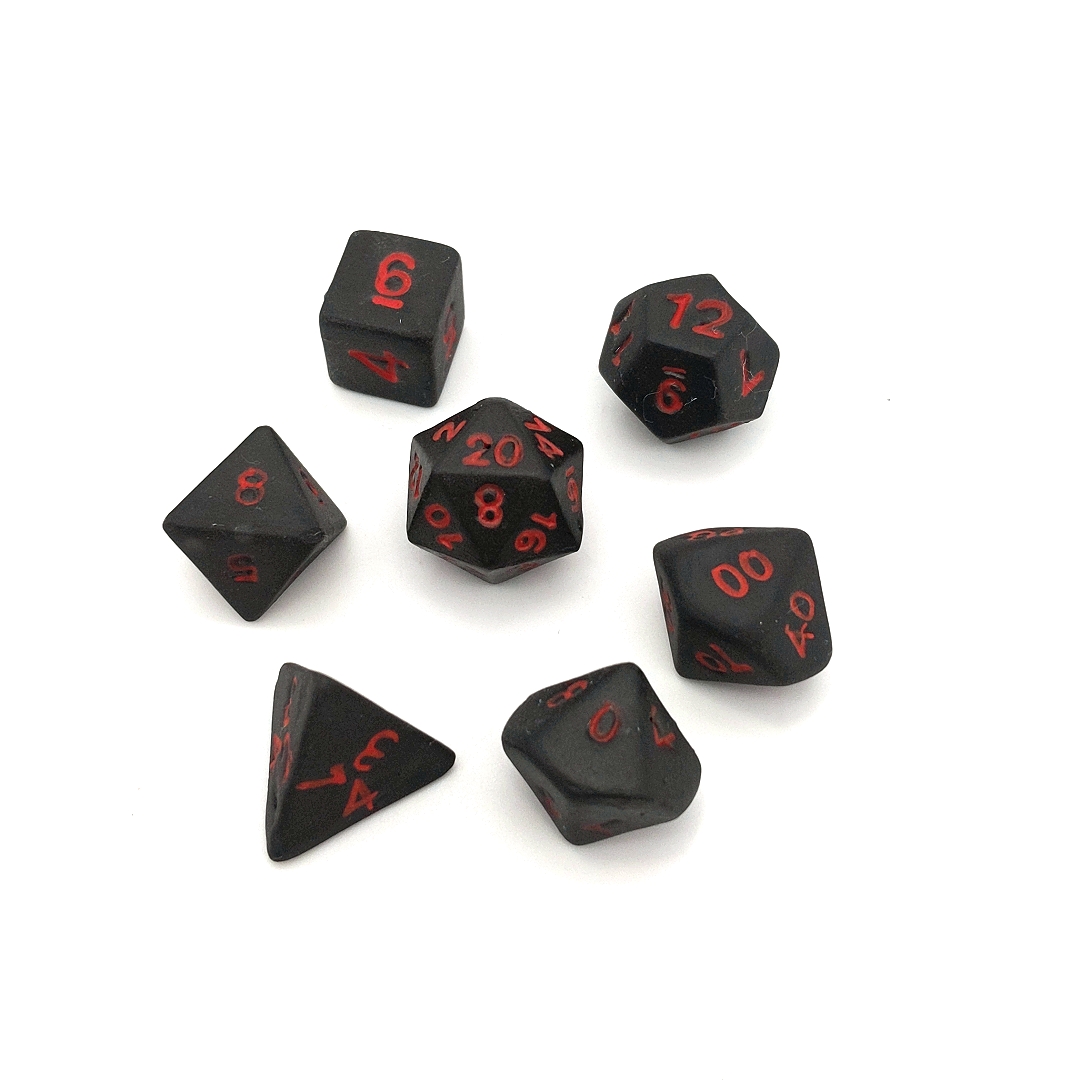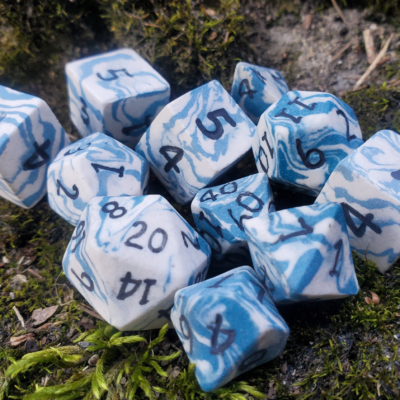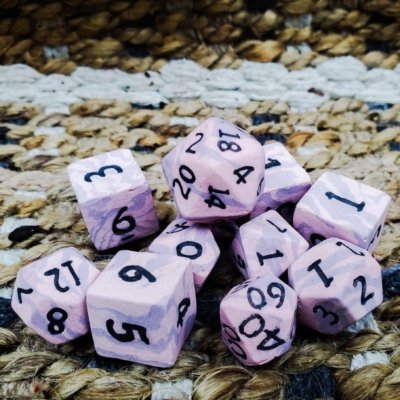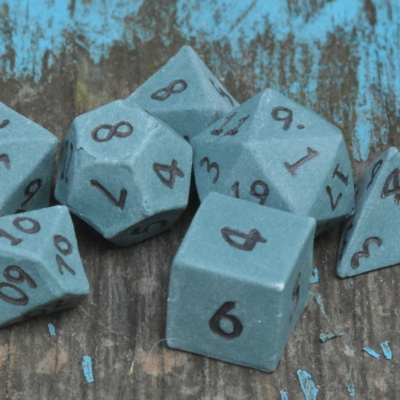Introduction to Playing a Character with a Secret Agenda
Playing a character with a secret agenda in tabletop games like Dungeons & Dragons can be both thrilling and challenging. Whether you’re a beginner or an experienced player, mastering this art requires strategy, creativity, and a touch of subtlety.
Understanding Your Character’s Motivations
To convincingly play a paladin with a hidden motive, you must first understand your character’s motivations. Are they driven by revenge, power, or perhaps redemption? This foundational step is crucial for maintaining consistency in your gameplay.
Tips for Beginners
- Start simple: Choose a clear and straightforward secret that aligns with your character’s backstory.
- Communicate with your Dungeon Master (DM): Ensure your DM is aware of your character’s secret to weave it into the narrative effectively.
Advanced Strategies
- Create layers of deception: Develop multiple facets to your secret agenda to keep other players guessing.
- Subtle hints: Drop small clues throughout the campaign without being too obvious.
Building the Perfect Paladin
A paladin typically embodies righteousness and virtue, making them an intriguing choice for characters with hidden agendas. Balancing their public persona and private motives adds depth to gameplay.
The Necromancer dice set from Crit Hit Ceramics can add an extra layer of mystery to your game. Its unique design complements characters who tread the line between light and shadow.
Creating Immersive Storylines
Engage fellow players by crafting story arcs that involve ethical dilemmas and moral ambiguity. These storylines will not only enhance the role-playing experience but also test alliances within the party.
Playing a character with a secret agenda in tabletop games such as Dungeons & Dragons is an exciting endeavor that requires a careful balance of strategy, creativity, and subtlety. This is true for both novice and veteran players alike. The thrill of concealing a hidden motive, while simultaneously trying to achieve a collective goal, can add an intriguing layer of complexity to your gameplay. However, mastering this art is a skill that can be honed over time.
Understanding your character’s motivations is a fundamental step in convincingly playing a paladin with a secret agenda. Is your character driven by a thirst for power, a desire for vengeance, or a quest for redemption? Recognizing these motivations will help maintain consistency in your gameplay and provide a basis for your character’s actions and decisions. This foundational knowledge is crucial for creating a believable character with depth and complexity.
For beginners, it’s advised to start with a simple secret that aligns with your character’s backstory. It’s also important to effectively communicate with your Dungeon Master (DM) about your character’s secret agenda, allowing them to weave it seamlessly into the narrative. More advanced strategies include creating layers of deception and subtly dropping hints throughout the campaign. A paladin, known for their righteousness and virtue, can be a particularly interesting choice for a character with a hidden agenda. The challenge of balancing their outward persona with their private motives can add a new level of depth to your gameplay.
The Necromancer dice set from Crit Hit Ceramics offers a unique design that perfectly complements characters who tread the path between light and shadow, adding an extra layer of intrigue and mystery to your game. To further enhance the role-playing experience, consider crafting immersive storylines that pose ethical dilemmas and moral ambiguity, testing alliances within the party and provoking thought-provoking discussions.





